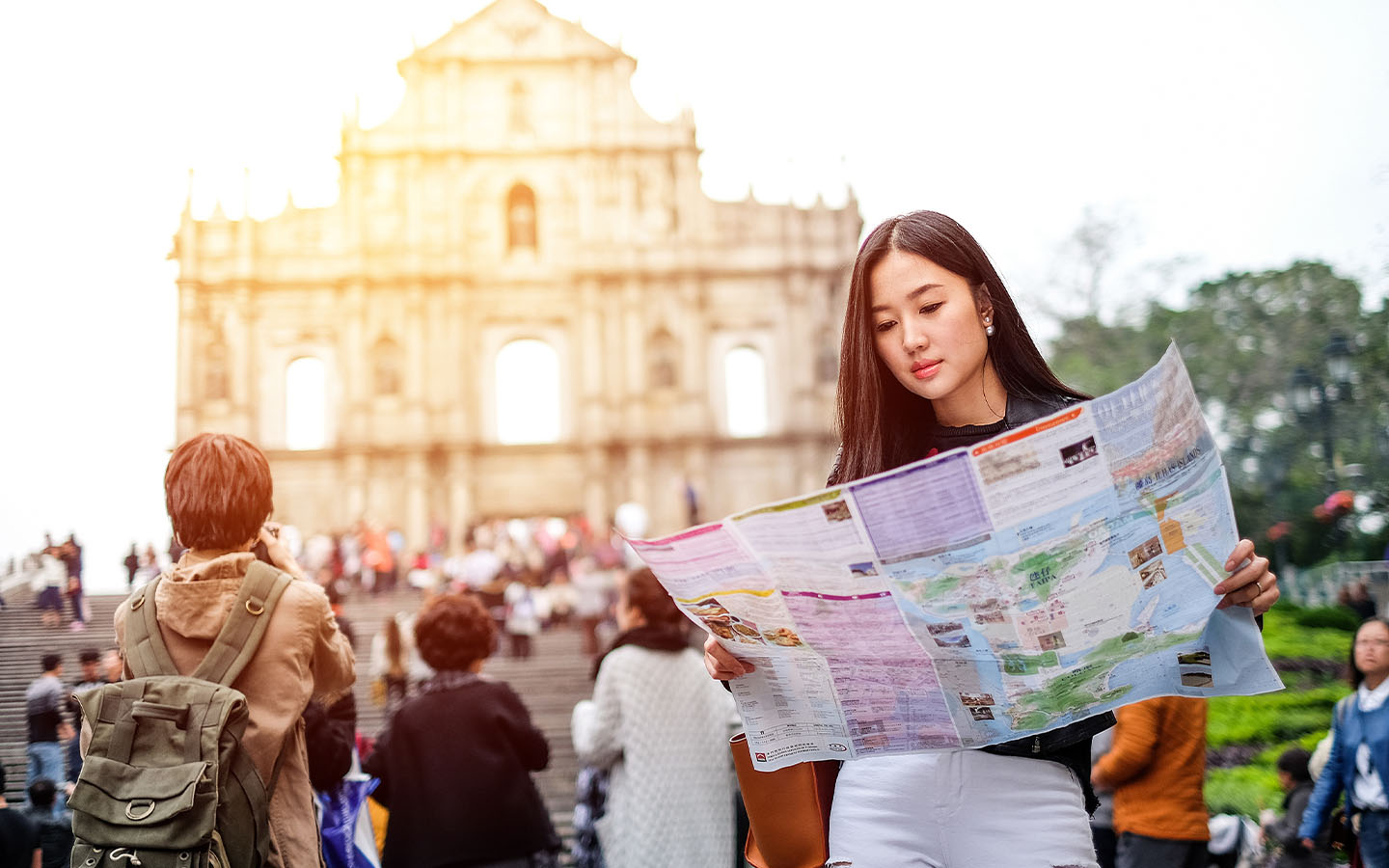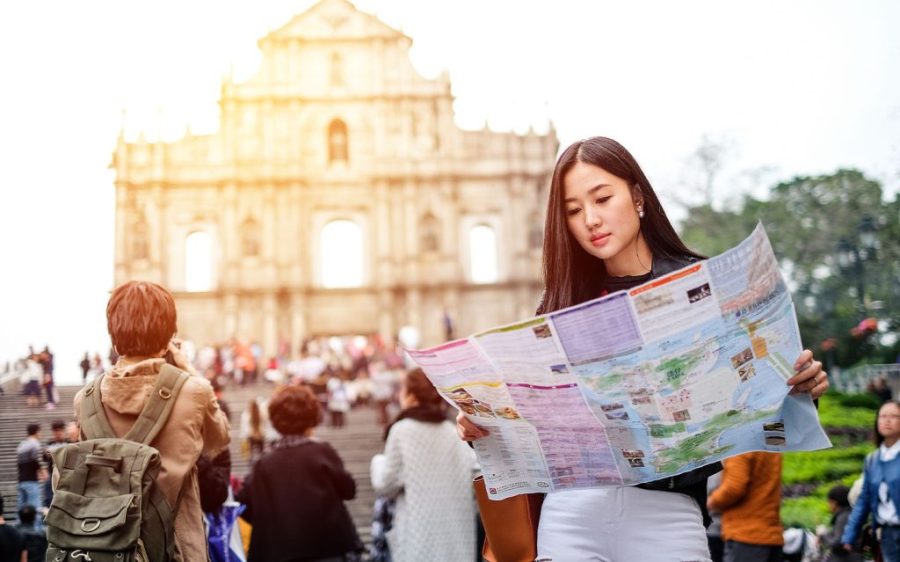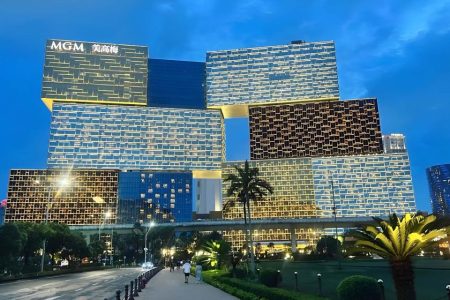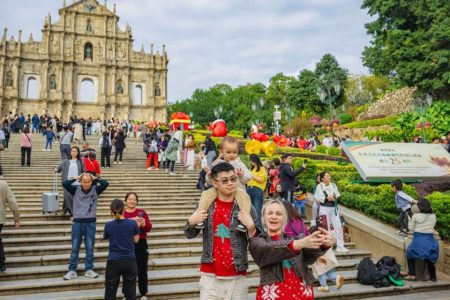A new study by digital platform Agoda finds that 60 percent of women in Asia are prioritising culturally immersive and lesser-known destinations, along with a stronger appetite to travel with loved ones.
Responsible for an estimated 82 percent of travel decisions worldwide, women are playing an increasingly important role in setting itineraries, notes Andrew Smith, senior vice president of supply at Agoda, who suggests leisure groups adapt to meet the evolving needs of a demographic poised to transform hospitality trends in Asia.
The Agoda findings hold critical significance for tourism hubs like Macao, where women made up 51 percent of total visitors during the first quarter of 2025, maintaining a lead over male counterparts since 2021, according to data from the Macao Government Tourism (MGTO).
Local businesses catering to vacationers are noticing the shifts. Attracted by Macao’s blended architecture, rich history, and culinary offerings, Amelia Cai, executive assistant manager at the Sofitel characterises the female guests checking in as keen explorers eager to discover the city’s cultural diversity.
[See more: Same-day visitors to Macao surged 30 percent year-on-year in April]
Speaking to Macao News, she portrays the out-of-town women, regardless of age, as having an enthusiastic sense of adventure, noting that numerous tourists choose to book the Sofitel due to its proximity to renowned UNESCO World Heritage sites.
Upon their return to the property, many are also taking advantage of the hotel’s wellness amenities. Cai says that three out of every four reservations made at the Sofitel’s spa are booked for female customers, and that more women are using the gym or taking a swim in the pool, reflecting the importance of personal care.
When they’re not at the health club, female guests are normally enjoying afternoon tea sets with other girlfriends but doing so with fewer men, Cai notes, illustrating overlapping similarities between the Agoda finding and the trends at the hotel.
Macao, she wrote
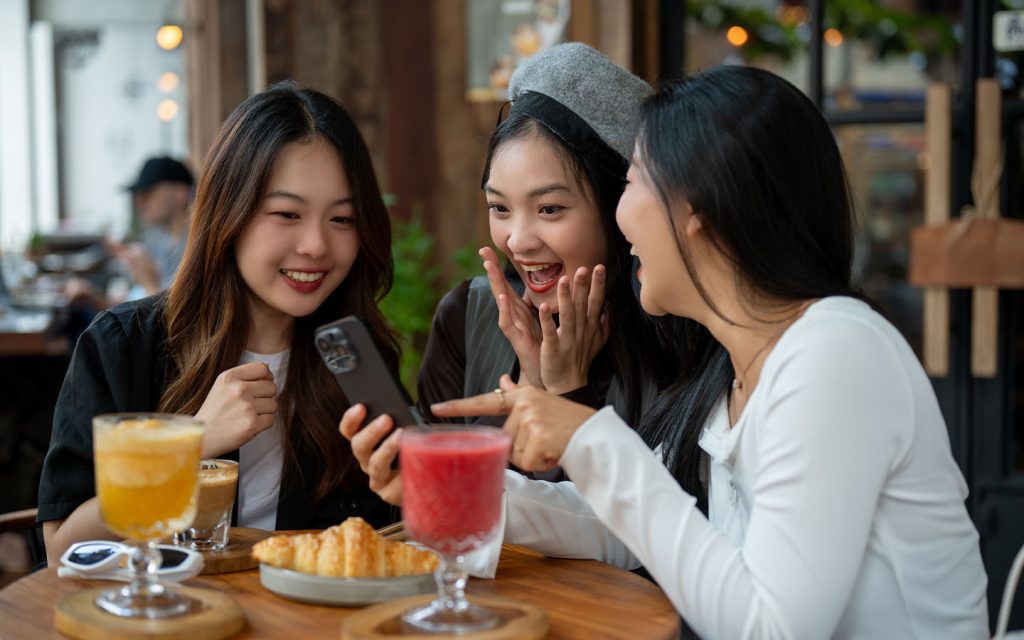
While the Agoda survey noted that women and men are planning to travel more in 2025, the momentum behind female tourists arriving in Macao appears unwavering, due in part to the broad tourism resurgence along with the rising concentration of females traveling from neighboring countries.
Tourist arrivals from Macao’s top three markets, which make up more than 90 percent of total incoming traffic, are inching closer to pre-pandemic levels. In 2024, Hong Kong recovered over 98 percent of its 2019 figure, while Taiwan sits at 79 percent. However, the pull in female tourists is anchored by the 88 percent recovery of Mainland China, led by the 92 percent revival in Chinese women, who accounted for 54 percent of arrivals last year.
But changes outside Greater China markets are also driving gender shifts as well. In Japan, Macao’s tenth largest market, Japanese women made up 47 percent of arrivals in the first three months of the year, which saw a 36 percent increase from the first quarter of 2024 – and rose three times faster than their male counterparts.
Within Macao’s eleventh largest market, Singapore, women have narrowed the gap and now make up almost half the arrivals since 2023, an increase of seven percentage points when compared to the period before the pandemic.
Key to cementing this shift will be an increase in South Koreans, where women visitors have normally outnumbered men. Macao’s fourth largest tourism market has retained just 66 percent of its 2019 figure, and re-attracting those vacationers would spur a noticeable turn in Macao’s tourism dynamic.
[See more: ‘Rapid shifts’ in visitor spending behind Macao’s shrinking GDP]
Last year, over a quarter million South Korean women came to Macao, representing twice the total number from Japan, while a full return would attract at least 120,000 additional female tourists, essentially bringing in another market the size of Singapore.
Sofitel’s Cai notes that she is already witnessing a trend of increasing South Korean guests at the hotel. She credits this growth to the recently opened Sofitel Ambassador in Seoul’s affluent Jamsil district, helping connect the local market to the hotel brand. However, the observation may also indicate early anecdotal evidence of a surge that will later feed into future tourism numbers.
The evolving visitor makeup comes as policymakers are evolving the economic landscape by promoting a 1+4 diversification campaign aimed at developing four industries (life sciences, event production, technological innovation, and financial technology) around the central pillar of tourism.
Attracting more international tourists would also address the issue of short-term visits in Macao, where 54 percent of visitors follow single-day itineraries with the average overnight stay at just 1.2 nights, though this also partly reflects better connectivity and infrastructure in and out of the city.
As the “she-economy” continues to gain momentum, the shifting patterns in Macao’s tourism sector are likely to deepen. The city’s response to this growing female demographic will be crucial in shaping its future.
